Let's continue digging deeper into Arduino to see what's really going on with registers.
In order to use more advanced features or optimize our code for space and speed, we need to understand how to work with registers directly in microcontrollers.
The serial controlled motor driver is stripped of its firmware and reprogrammed to function as an amplifier. Then it's surrounded with circuits that turn the whole shebang into a portable guitar amp.. but it won't win any awards.
Learn how to combine a Python web app framework with the ESP8266 Thing to control your RPi via WiFi.
Find out what it was like building the Skimmer Scanner app and distributing it through the Google Play store.
The micro:bit is an awesome piece of tiny hardware, and I just wanted to make sure we gave you another programming environment with which to play.
Time for the ever-popular loops discussion! We look at the three basic loops you can use in Arduino.
Building on our last Arduino programming episode, we look at creating compound conditional statements using logic operators.
The BBC micro:bit is being released in the United States! I'll show you how to get started with it using Microsoft's MakeCode block editor.
We present another set of concepts in the computer science series as they relate to Arduino.
This week, we look at what constitutes syntax in a programming language and how to employ it when writing code in Arduino.
We examine the computer science concept of how a single-threaded, sequential program flows in Arduino.
Learn how to build beautiful GUIs on your connected Raspberry Pi projects using NWJS (formerly Node-Webkit)
Being able to program an ATtiny directly from Arduino can be a powerful tool to create low-cost embedded prototypes.
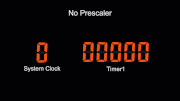



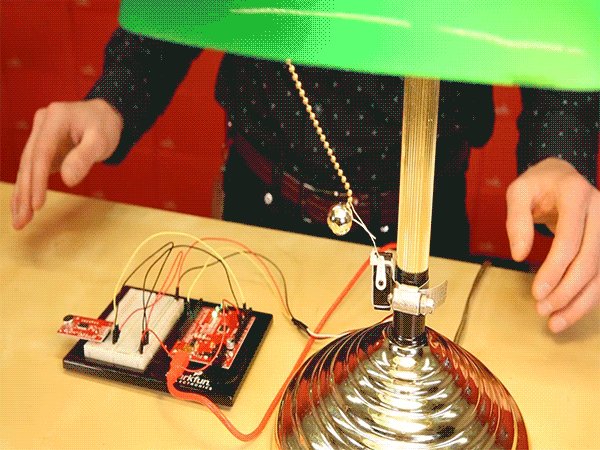




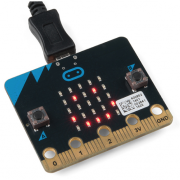
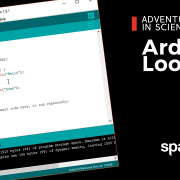
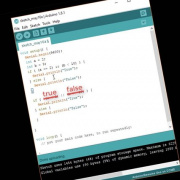
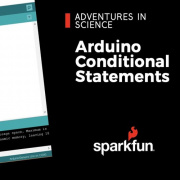
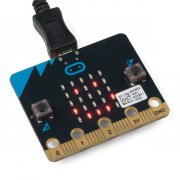
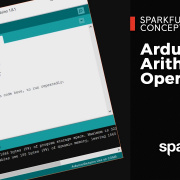
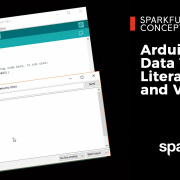
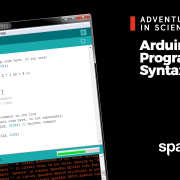

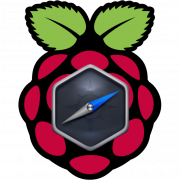
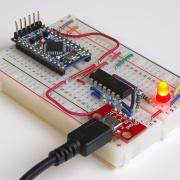
Hi, "For a full wishlist of products for this project, check it out here:" ....but I see no link to anything further. I am hoping you have…